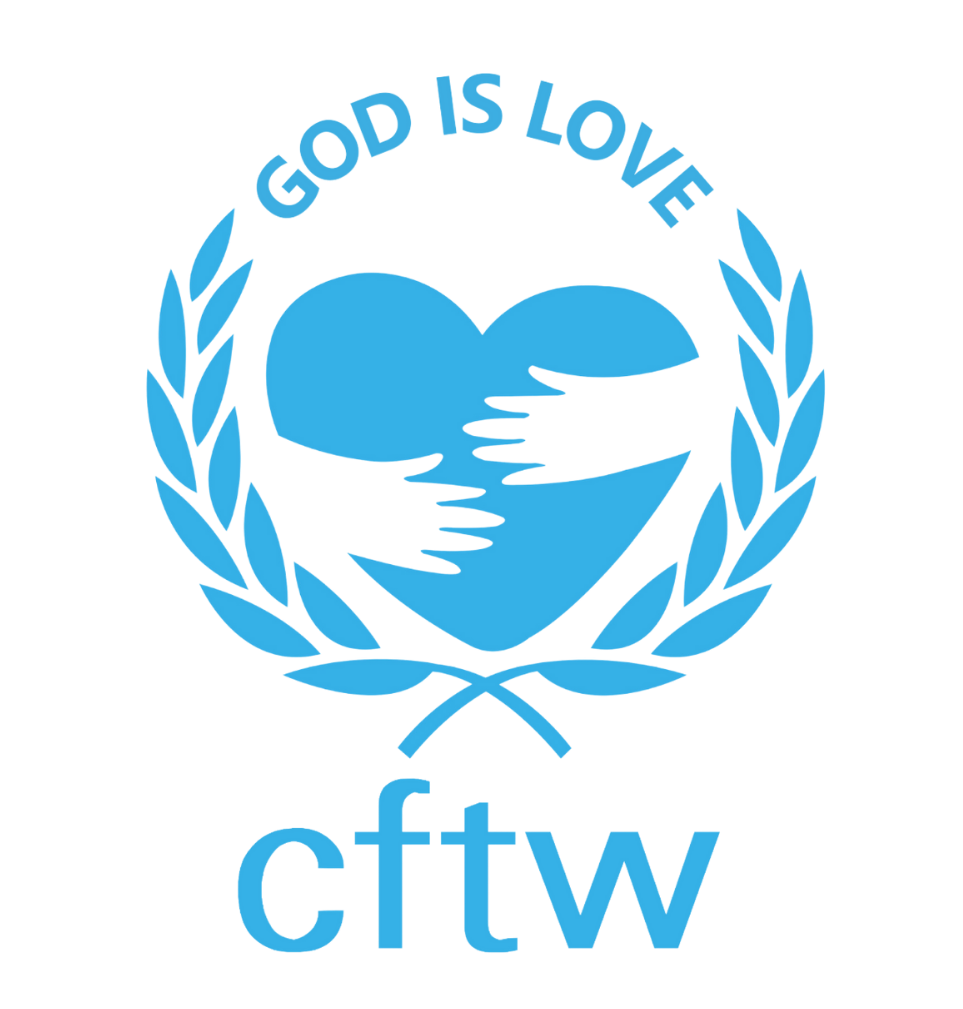For marginalized children and youth, especially those living with miserable conditions, education is more than just attending lessons. For them, going to school is more like improving health, safety, nutrition, and lifestyle as a whole.
David Beasley, WFP Executive Director, says, "In the poorest countries, children often rely on schools for their only meal of the day. But with many schools now closed because of COVID, 370 million children are missing out on these nutritious meals, which are a lifeline for low-income families. They are also being denied the health support they normally get through school. This could do lasting damage, so when schools reopen, it is critical that these meal programs and health services are restored, which can also help draw the most vulnerable children back to school."

COVID-19 has forced the world's learners - over 90% - to stay out of school.
The worst is that nine out of ten of the world's youth live in either developing or under-developed countries. Sadly, where (including India, South Africa, and a few others) opportunities for distance learning are quite limited due to the low caliber or unavailability of internet connections.
Fortunately, or maybe, unfortunately, schools are set to open by this week; in some regions they have resumed already.
So, as countries are grappling with when to resume school, the Global Education Coalition (UNESCO, UNICEF, WFP, and World Bank) urges governments and education authorities to consider all the risk factors associated with the reopening of schools.
Considering all those factors, a list of precautionary measures will be issued to all schools - to aid in their reopening plans. Adherence to anti-COVID behaviors can reduce the spread of COVID-19.
Measures are not for schools only; children and their parents are also requested to cooperate with schools and practice the given instructions.
Some Creative WAYS
Play games with students or engage in some fun activities, teaching them how to wear a mask.
Art teachers can use some art materials or other creative outlets to make them understand why masks are so important.
Share inspirational stories about masks with students so they know what to expect in social settings like school.
Incorporate short lessons or videos to teach students how to wear a mask properly, using videos with celebrities, musicians, cartoon characters, or other popular personalities.
Engage students in the class, discussing why masks help reduce and control the spread of COVID-19.
Teachers can incorporate a lesson into the science curriculum, explaining how respiratory droplets spread deadly diseases.

SOP's for Kids at School
Wear masks throughout the day, except if you have severe asthma, breathing difficulties, or any other major disability.
Keep yourself socially distant from others, including teachers, support staff and students.
Continue good hand hygiene habits - either wash them regularly with water and soap or use the sanitizer to keep them clean and germ-free every time.
Don't share or swap your books, papers, masks, or food and water.
SOP's for Mothers
Students with lowered immunity should not be sent to school.
Ensure children wear a mask and remain socially distant from their friends.
Keep a hand sanitizer in your child's pocket and ensure him/her use it often.
Write your child's initials on his/her mask.
Store your child's mask in a designated space, and wash after every day of use or when visibly soiled.
Keep an extra mask in your child's bag.
Adopt a positive attitude: Going back to school should be happy, not threatening. With your attitude, show your kids that there’s no need to worry about it.
I wish all kids a happy back-to-school!

